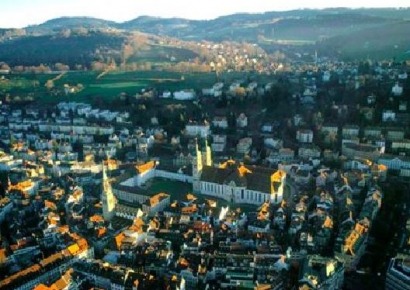
In a statement, the EPFZ said, "The quake is probably directly linked to trials and stimulation activities during the drilling involved in a geothermal project at St Gallen, where several mini-quakes have already been recorded in recent days."
The quake, which was widely felt throughout the region, caused no damage or injury, according to published reports.
Switzerland's Federal Office for Energy said the testing will continue.
The project, which began in March, is a search for water at a temperature of 140 degrees Celsius that would be used as a feed-source for a future geothermal plant that could serve as many as half the buildings of St Gallen.
At the time of the earthquake, the project team was working nearly 4,500 metres below the surface.
Earthquakes tied to geothermal drilling in 2006 and 2007 scuttled plans to build an earlier geothermal facility, which would have been Switzerland's first. However, a Swiss parliamentary vote in September 2011, which called for shutting down the country's five nuclear reactors, has renewed interest in geothermal and other clean energy resources.
In other news, and on a brighter note, the Alaska Dispatch newspaper has reported geothermal heat deployed in a home built by Habitat for Humanity in North Pole, Alaska, is delivering heat to the structure at half the cost of a traditional water boiler.
So thrilled in the nonprofit, ecumenical Christian housing organization with the results that it already has another geothermal project in the works.
Because it builds homes for families in needs, Habitat for Humanity strives to significantly reduce the cost of living in its structures, with a basic rule of thumb being that those costs should not exceed 30 percent of the occupants' gross income.
The group aims to dramatically reduce the cost of energy because it makes up a significant percentage of those costs.
Geothermal heat pumps, like those deployed in this Alaskan home, work by extracting heat from underground hot springs through a closed-loop system of pipes called a heat-exchange system.
For a house to be outfitted with geothermal, it needs to have either forced air or radiant heat systems.
The system cost about $21,100 to install, but the family reduced its costs by $6,000 thanks to a federal incentive program.
According to the Alaska Dispatch, geothermal heat pumps are presently used sparsely in Alaska, with only about 50 homes deploying the technology, according to a Cold Climate Housing Research Center (CCHRC) report.
That may change dramatically, however, as energy costs in the state continue to soar, the newspaper said.
For additional information:

